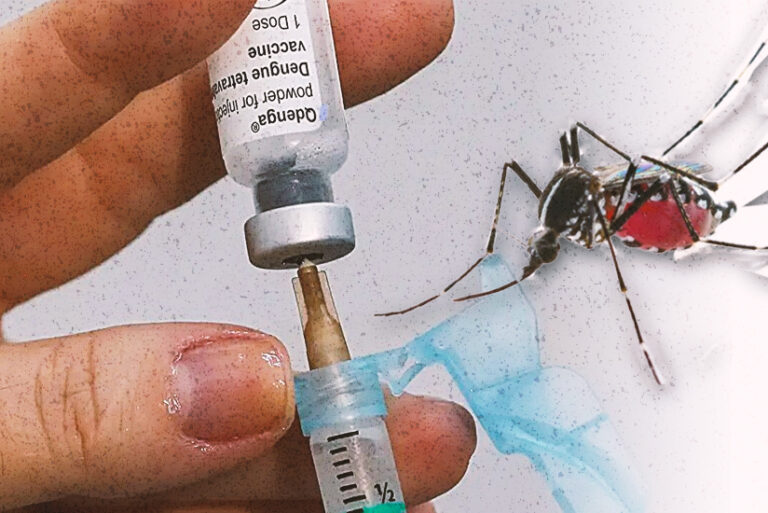By Henrylito D. Tacio
Around 2.3 million Filipinos have chronic kidney disease, according to the Philippine Health Insurance Corporation (PhilHealth).
One Filipino develops chronic kidney failure every hour, estimates the National Kidney and Transplant Institute (NKTI). That’s about 120 Filipinos per million population every hour.
If left untreated, chronic kidney disease can progress to more severe complications such as end-stage renal disease (ESRD) which requires more immediate and regular interventions like renal replacement therapies, ranging from hemodialysis (a procedure to clean a person’s blood through a machine), to renal transplant, according to Novartis, an innovative medicines company.
Chronic kidney disease can get worse over time. Worst, the kidneys may stop working altogether resulting in kidney failure. In addition, it can be a risk factor for other diseases, including heart disease, heart attack and stroke, hypertension, osteoporosis, neuropathy (nerve damage), and anemia (low red blood cell count).
The Department of Health (DOH) admits the increasing number of chronic kidney disease cases have become an urgent national concern due to the burden of the disease and high costs of care.
Some studies have shown the treatment of chronic kidney disease costs more than breast, lung, colon, and skin cancer combined.
Functions of kidneys
Healthy kidneys clean your blood by removing excess fluid, minerals, and waste products. “These waste products and excess fluid are removed through the urine,” explains the US National Kidney Foundation (NKF).
The critical regulation of the body’s salt, potassium, and acid content is also performed by the kidneys. In addition, the kidney also produces hormones that affect the function of other organs.
Now, if the kidneys are damaged, they don’t work properly. This results in kidney disease. And most people with early kidney disease have no symptoms, which is why early detection is critical. “By the time symptoms appear, kidney disease may be advanced, and symptoms can be misleading,” NKF says.
Filipinos need to pay attention to these symptoms: fatigue, weakness; difficult, painful urination; foamy urine; pink, dark urine (blood in urine); increased thirst; increased need to urinate (especially at night); puffy eyes; and swollen face, hands, abdomen, ankles, and feet.
Three simple, life-saving tests
How will you know you have kidney problems? The following three simple tests can be relied on: blood pressure, protein in urine, and glomerular filtration rate.
Blood pressure test: “High blood pressure can damage small blood vessels in the kidneys,” explains NKF. “Hypertension is the second-leading cause of kidney failure after diabetes.”
Good score: Below 140/90 is good for most people. Below 130/80 is better if you have chronic kidney disease. Below 120/80 is best.
Urine test: Traces of a type of protein (albumin) in the urine may be an early sign of kidney disease. Regular amounts of albumin and other proteins in the urine indicate kidney damage.
Good score: Less than 30 milligrams of albumin per gram of urinary creatinine (a normal waste product).
Blood test: This is done to measure how well the kidneys are filtering the blood. Doctors measure blood creatinine levels and perform a calculation to find out your glomerular filtration rate (GFR).
Good score: Over 90 is good while 60-89 should be monitored. Less than 60 for three months indicates kidney disease.
Treatments
“Before dialysis was available, total kidney failure meant death,” NKF says. “Today, people with kidney failure can live because of treatments such as dialysis and kidney transplant.”
Dialysis does help lengthen the life of the patient but it is expensive. It costs around P60,000 to P70,000 a month – that’s P720,000 to P840,000 a year. This does not yet include the fees for required laboratory tests and medicines.
“In the long-term, kidney transplantation is cheaper than dialysis,” said Dr. Enrique Ona, former health secretary and ex-NKTI director. “Moreover, survival rates and quality of life in transplants are much better.”
A transplant costs half a million pesos to one million pesos for a one-time surgery, as long as the donated organ is not rejected by the recipient’s system. – ###









One Response
I like what you guys are creating here Such smart work and writing! Carry on with the superb works guys I have incorporated your site into my blogroll and my website about HCG I think it will improve the value of my websiteand the traffic too